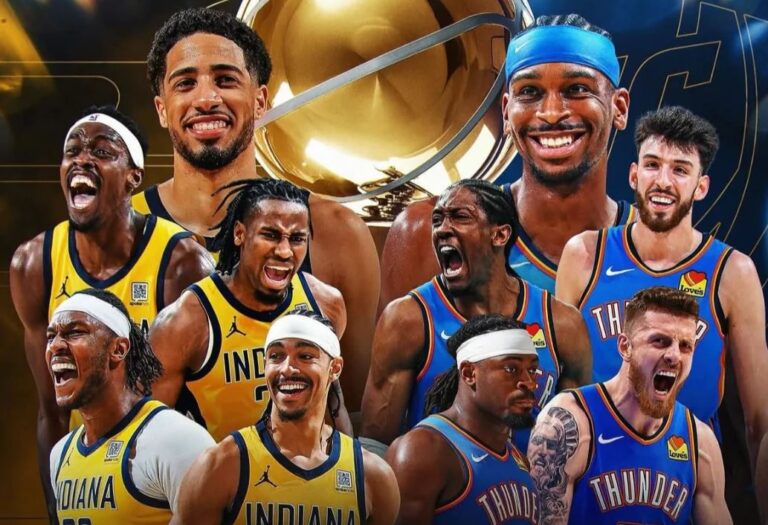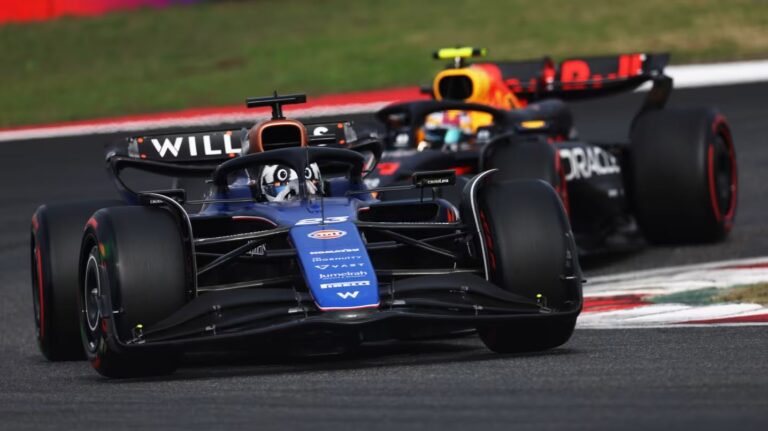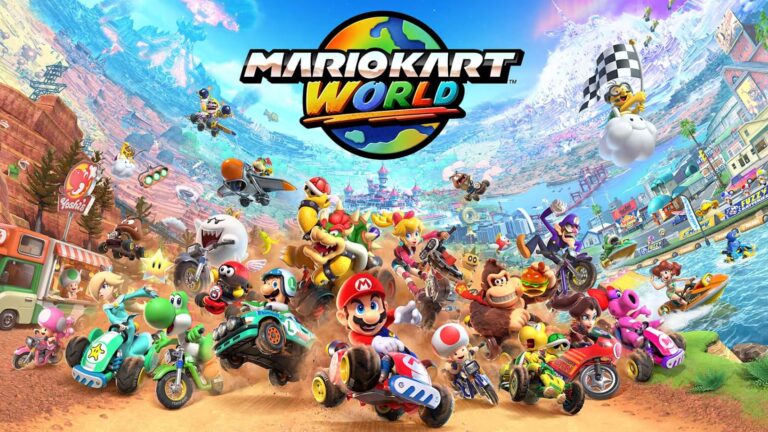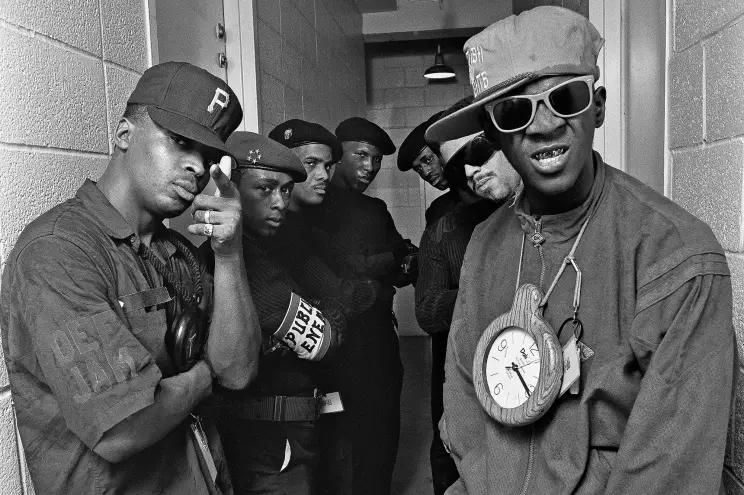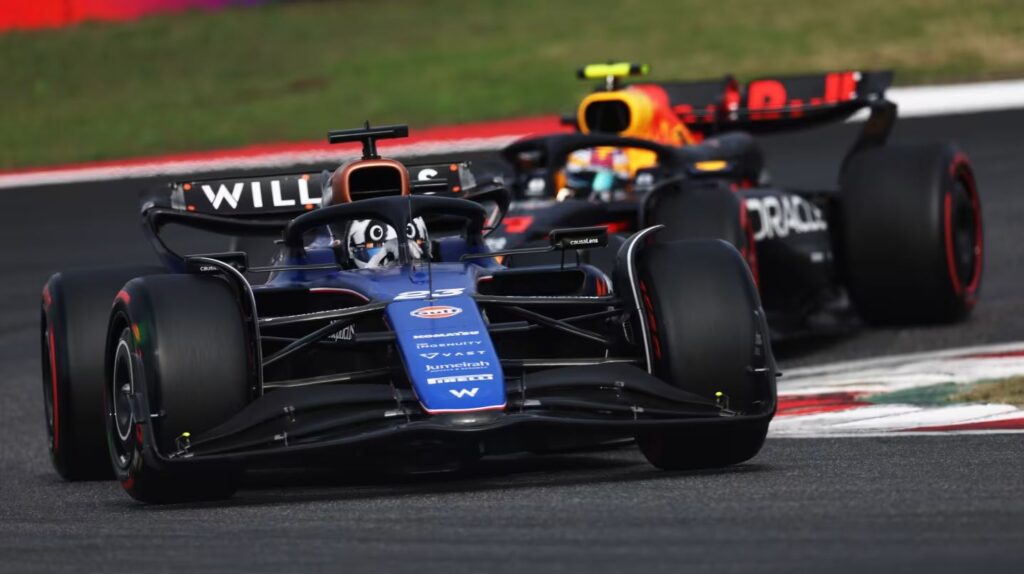
Formula 1 (F1) isn’t just a sport—it’s a high-octane spectacle of speed, strategy, and global prestige. Once seen as a niche motorsport for hardcore gearheads, F1 is now booming in popularity, thanks to slick branding, bold personalities, and the accessibility brought by streaming and social media. Whether you’re a complete newcomer or someone curious about what makes this sport electrifying, this guide will walk you through how to get into Formula 1 and enjoy every adrenaline-filled moment.
What Is Formula 1?
Formula 1 is the premier international racing series, sanctioned by the Fédération Internationale de l’Automobile (FIA). It features single-seater, open-wheel cars that represent the pinnacle of automotive engineering. These cars are capable of reaching speeds over 220 mph (354 km/h) and are driven by elite athletes with lightning-fast reflexes and nerves of steel.
The F1 season includes multiple Grand Prix races held on tracks around the world, from Monaco’s tight, glitzy streets to Belgium’s high-speed Spa-Francorchamps.
The Main Drivers and Teams to Know
F1 currently consists of 10 teams, each fielding two drivers. While teams come and go, these are some of the most well-known and dominant ones today:
Mercedes-AMG Petronas
- Once the dominant force, led by Lewis Hamilton, a seven-time World Champion.
- Known for technical excellence and cutting-edge engineering.
Red Bull Racing
- Current reigning champions with superstar driver Max Verstappen, a back-to-back world champion and rising legend.
- Known for aggressive race strategies and top-tier performance.
Ferrari
- The most iconic team in F1 history. Drivers Charles Leclerc and Carlos Sainz bring passion and talent to the Scuderia.
- Fiercely loved by fans, even during inconsistent seasons.
McLaren, Aston Martin, Alpine, and Others
- These teams compete in the mid-field but are constantly evolving.
- Rising stars like Lando Norris (McLaren) and Fernando Alonso (Aston Martin) keep things unpredictable.
The Races and Tracks
F1 races, or Grand Prix events, take place in a season called the F1 World Championship, which typically runs from March to November. Each race is held in a different country, offering unique tracks and challenges. Some iconic circuits include:
- Monaco Grand Prix – Tight, glamorous, and nearly impossible to overtake.
- Silverstone (UK) – The home of British motorsport.
- Spa-Francorchamps (Belgium) – A high-speed track through the forests.
- Suzuka (Japan) – A fan-favorite for its technical layout.
- Circuit of the Americas (USA) – Part of F1’s push into American markets.
Each track tests cars and drivers in unique ways—cornering, braking, tire wear, and weather all come into play.
Why F1 Is Different from Slower Sports
Unlike baseball—which is seeing a decline in viewership due to its slower pace and lengthy games—Formula 1 is built for excitement and global engagement. Here’s what makes it stand out:
- Nonstop action: Each race lasts about 90 minutes with minimal downtime.
- Global diversity: Races take place on five continents, with international drivers and fans.
- High stakes: Every race and qualifying lap can shift the championship battle.
- Innovation: Cars evolve throughout the season with constant upgrades and development.
- Team dynamics: There’s intra-team rivalry, complex strategy, and drama on and off the track.
You’re not just watching cars go fast—you’re watching elite teams battle with cutting-edge technology, split-second decisions, and human grit.
The Netflix Effect: Drive to Survive
A massive part of F1’s recent popularity surge comes from Netflix’s documentary series Drive to Survive. The show takes viewers behind the scenes, offering:
- Unfiltered team drama
- Driver rivalries
- Executive decisions
- The emotional toll of racing
It has helped humanize the drivers and made the sport more accessible for new fans, particularly in the United States and younger demographics. If you’re new, binge-watching a season or two is a perfect primer.
F1’s Growing Popularity
Formula 1’s audience is growing faster than nearly any other sport. Here’s why:
- Social media presence: Teams and drivers share behind-the-scenes content daily.
- YouTube highlights: Every race and moment is captured in slick, digestible clips.
- Multiple entry points: From tech and engineering to fashion and culture, there’s a way for anyone to connect with F1.
- Fan festivals and real-world events: Cities now host F1-themed events, driving even more interest.
- Expanding to new countries: The addition of races in Miami, Las Vegas, and potentially other locations shows the sport is far from static.
Even LEGO Is In On It
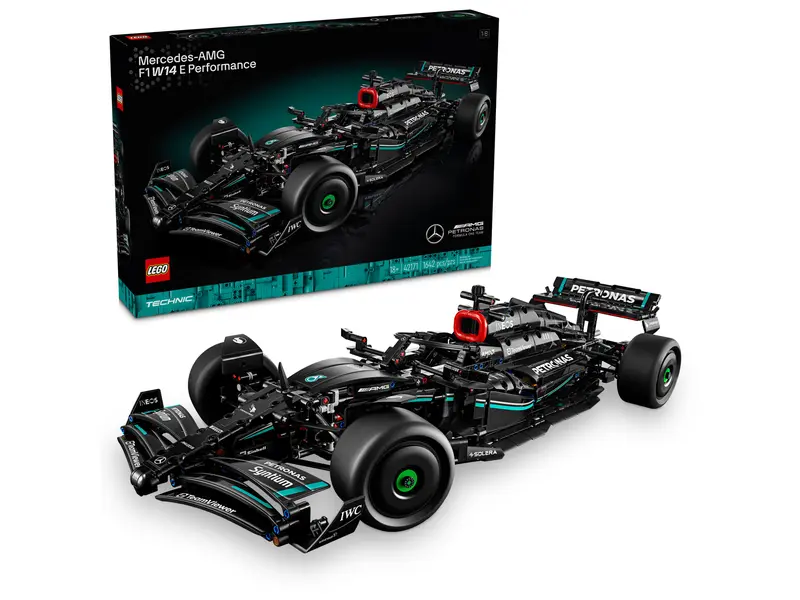
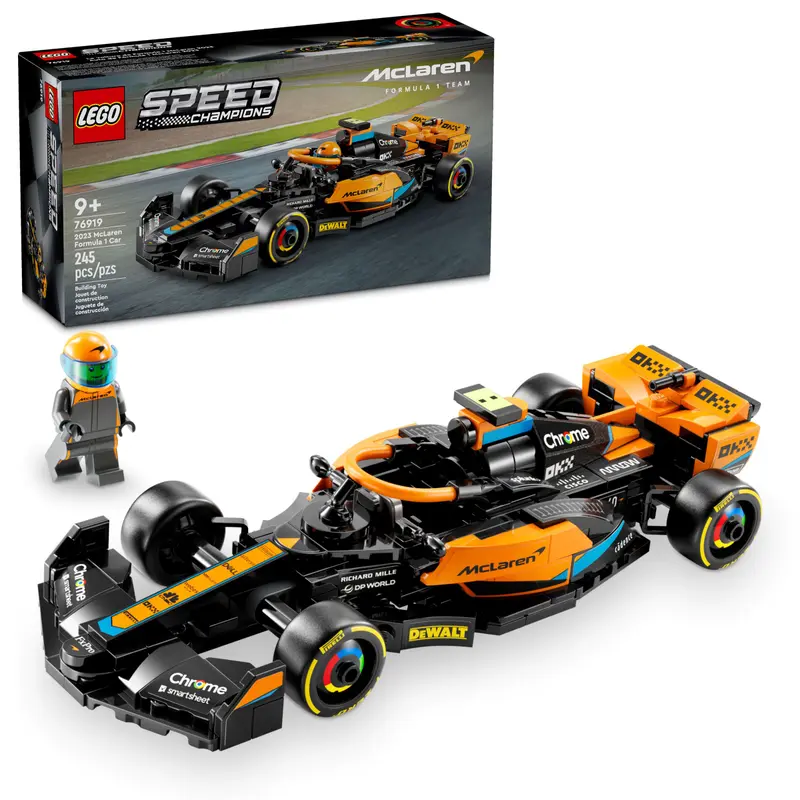
F1’s popularity isn’t just about TV and TikTok—even LEGO has embraced the culture. The LEGO Speed Champions line includes sets like the Mercedes-AMG F1 W12 E Performance and the McLaren Formula 1 Race Car, allowing fans to build scaled versions of iconic machines.
These sets are a gateway for younger fans (and adult collectors) to connect with the sport in a tangible, hands-on way. It’s a clever blend of fandom, fun, and mechanical appreciation.
How to Start Watching
1. Choose a Team or Driver:
Pick someone to root for! It makes the race more meaningful. You might go with:
- Verstappen for domination
- Hamilton for legacy
- Norris for youthful charm
- Alonso for gritty veteran comebacks
2. Watch the Current Season:
Check the F1 calendar and start with the next race. Use platforms like ESPN, F1TV, or local broadcasters depending on your region.
3. Learn the Basics of Race Weekend:
Each F1 weekend includes:
- Practice sessions
- Qualifying (sets grid positions)
- Race day
4. Follow Social Media & Highlights:
YouTube, Twitter (X), Instagram, and TikTok are filled with breakdowns, memes, and insider content.
5. Try F1 Fantasy or Gaming:
Play the official F1 game or join fantasy leagues to immerse yourself in strategy.
Why F1 Is Worth Following Now
Formula 1 has never been more exciting, dramatic, and accessible than it is today. Whether you’re in it for the mind-blowing speed, the tech innovation, the global flair, or the off-track storytelling, there’s something in F1 for everyone.
If slower sports have lost their spark for you, and you want a mix of thrill, brains, and spectacle, Formula 1 delivers.
So buckle up—there’s no better time to dive into the world’s fastest growing sport.
